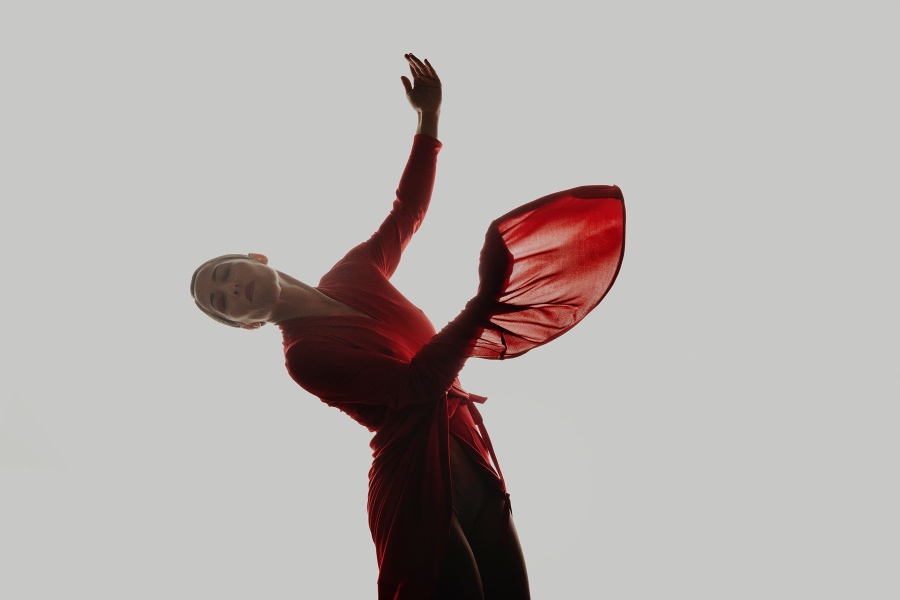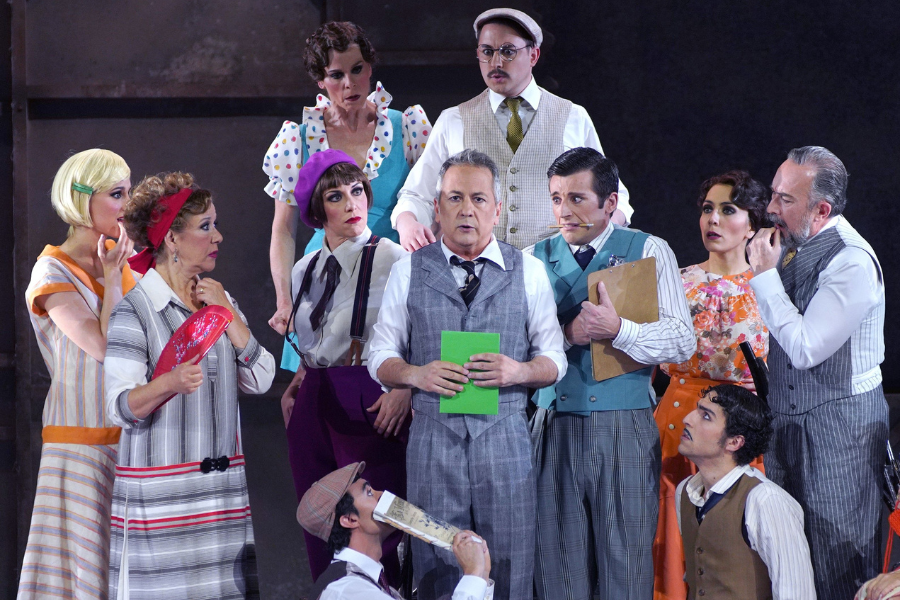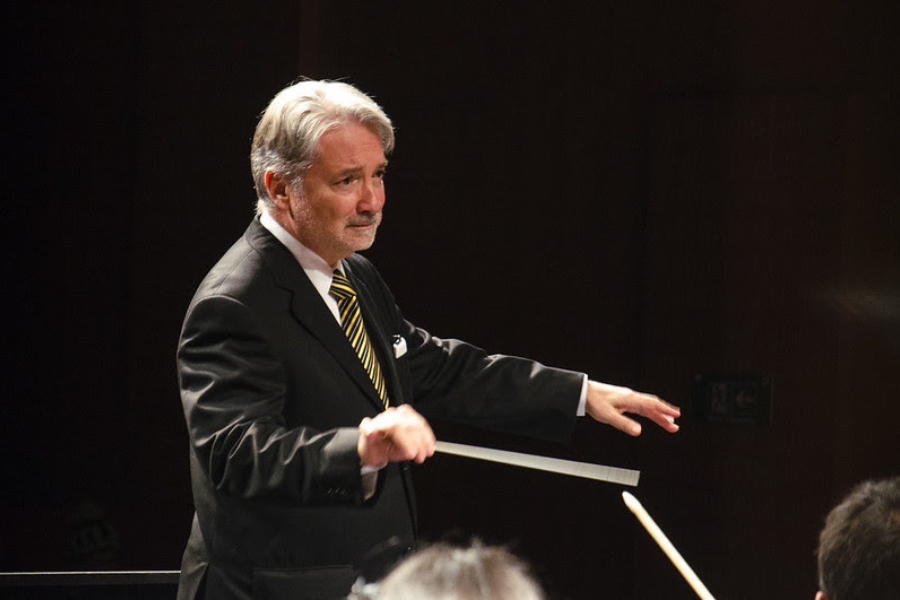“Canal Baila”, premiere of the creations of resident dance companies at the Choreographic Center of Teatros del Canal

Canal Baila presents the creations of ten dance companies that have been residents of the Canal Choreographic Center during this year 2020. The cycle will be on the bill from September 1 to October 11, in the Black Room of the Canal Teatros.
The Teatros del Canal present the dance creations of the companies that, in recent months, have been residents of Creation at the Canal Choreographic Center. The Center opened its doors in 2009 as a unique artistic space dedicated to the creation, expression and dissemination of dance. It has nine rehearsal rooms in its space dependent on the Community of Madrid and which is integrated into the Teatros del Canal complex. The Canal Baila cycle, which will be on the bill from September 1 to October 11, in the Sala Negra of this theater, will be a unique opportunity to enjoy the creations and talent of some of the best and most awarded choreographers, dancers and dancers.
Thus, the companies of Ana Morales, Jesús Carmona, the Lamajara collective, Verónica Garzón and Begoña Quiñones, Cristian Martín, Mónica Runde, Metamorphosis Dance, Instituto Stocos, Fabian Thomé and Elías Aguirre will stage the projects that they have devised and those who have shaped from its foundations, under the protection of the residence at the Canal Choreographic Center during this year 2020. The center had to close its doors due to the sanitary control measures of the pandemic between March 12 and June 18.
For Blanca Li, director of the Canal Choreographic Center, “the commitment that the Canal Choreographic Center acquires with dance professionals is specified in the annual call for a residency program, selected from among all the candidates by a jury of renowned professionals, and supported with an economic endowment in order to facilitate the process of creation and investigation of the project, which ends with Canal Baila the public exhibition in Los Teatros del Canal of the works created in the Center “.
An eclectic and avant-garde cycle
The creators put together proposals with rhythms of flamenco, classical or contemporary music, shaping an eclectic and avant-garde cycle that addresses reflections on identity, power relations or the biological origins of the movement. The march will begin with Ana Morales, a multi-award winning flamenco dancer who will have on the poster on September 1 and 2 an excerpt from her piece On the tight rope, with which she invites us to reflect on our moods, long-lasting or temporary. , and about what happens in our mind when it seeks order but feels comfortable in chaos.
On September 8 and 9, it will be the turn of Jesús Carmona, choreographer and who was the principal dancer of the National Ballet of Spain for many years, as well as the El Ojo Critico 2019 award, and that El Salto proposes us, an innovative flamenco show fruit of three artistic residencies held in New York, Miami, London and Madrid, which wonders if the movement in dance has a gender.
On September 16 and 17, the highly experimental group Lamajara presents Ígnea, a work produced collectively – stamp of the house – and in a large format, where a cast of five dancers is interested in understanding the volcanic territory from a geological perspective, geographical and anthropological, to end by analyzing what moves us, the origin, reaching the matrix of things. On September 19 and 20, Verónica Garzón and Begoña Quiñones will dance PACTO, a piece that plays with body constructions based on human interaction to vindicate negotiation as a creative act, in all its complexity and ambiguity in current negotiating contexts.
Cristian Martín, finalist of the Max in 2017 and First Prize in the Choreographic Contest of Spanish Dance and Flamenco in Madrid in 2015, will present, with his company Proyecto Lanza and on September 23 and 24, Márgenes, dedicated to forgotten bodies, those that they are in the blind spots of the universe, where nobody looks and that make us rethink the concept of beauty. For her part, on September 26 and 27, the internationalized Mónica Runde, National Dance Award winner, leads the Dos de Gala project, in which its creators –Mónica Runde, Inés Narváez Arróspide and Elisa Sanz– are based on an investigation in around the figure of Gala Elluard-Dali who has led this trio to find common places in which to shape their work.
Already on September 30 and October 1, the movement will be led by Igor Bacovich and Iratxe Ansa, who with their Metamorphosis Dance formation have created Elkarrizketa Ilunak, whose meaning is “dark conversations”, and which is born from a choreographic language very physical, heir to the classic choreographers of the 20th century, and delves into the artistic possibilities offered by the use of a technique that deconstructs the academic and incorporates contemporary contemporary elements.
Connections to music and insects
On October 3 and 4, The Hidden Resonances of Moving Bodies II, a collaboration between the Stocos Institute, specialists in incorporating concepts taken from other disciplines such as artificial intelligence, mathematics or experimental psychology, and the renowned group of percussionists Neopercussion; is the second part of a series of works that confront dancers with classical-contemporary musicians on stage, to explore the common principles of dance and music.
In the last week of the cycle, on October 7 and 8, Fabian Thomé presents his award-winning work MOI-JE, on human connection and which starts from the study of how a duo becomes a choral work of four interpreters. The choreographer, dancer and audiovisual artist Elías Aguirre will close the cycle with his EMPUSA POEM / The exotic complexity, which will be on the bill on October 10 and 11, and is an original piece whose exoskeleton has a Haiku structure, and establishes a parallel between the inability to explain certain aspects of insect ethology and human behavior.





